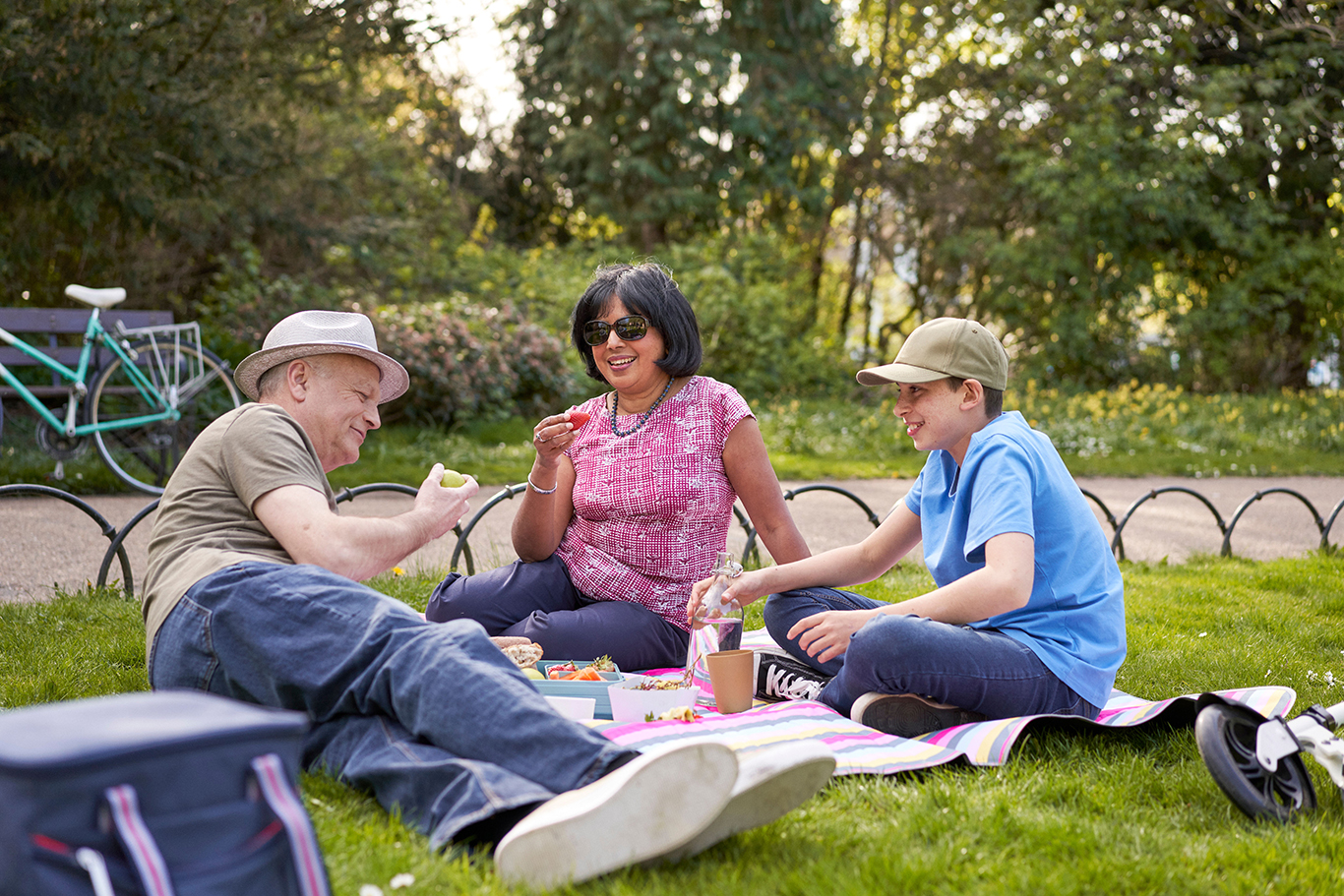
Myth #9: Sunscreen lasts forever
Many of us will find an old bottle of sunscreen at the back of the cupboard and think “I have no idea when I opened that”. But most sunscreens expire. Look out for a small open jar icon on the bottle with the number of months the product can be used after opening. If it’s out of date, it’s best to buy a new one. Fear not though. You don’t need to worry about the cost of replacing expensive sunscreens because when it comes to protection, price doesn’t matter. It’s the SPF and star rating that does.
Like most cosmetics, sunscreens should be stored in a cool, dry place away from direct sunlight.
Myth #10: The UV lamps used for gel nail manicures cause cancer
Although these lamps give out UV radiation, it is very unlikely that someone would develop skin cancer after using them, even if they did so on a regular basis. UV nail lamps give out far less radiation than people are exposed to when they are outside in the sun or using a sun bed, so the overall risk to your health remains low.
Myth #11: The SPF in my makeup is enough
Sadly not. Even if your makeup label claims to offer sun protection, you’d need to apply several times the normal amount of foundation to get even close to the level of protection stated on the label. You’re also highly unlikely to reapply makeup regularly throughout the day, which is required to keep protected. So, if the weather means you need sunscreen on your face – sunscreen is the only thing that will do! Make-up or moisturiser with SPF won’t be enough to protect you from harmful UV rays.
Myth #12: You can’t get sun damage through glass
Indoors you’re mostly protected from sunburn (caused by UVB rays), but UVA rays which penetrate deeper into the skin can pass through glass. So if you spend lots of time doing something like driving or sitting in a conservatory when the sun is strong, then long-term you might be at risk of skin damage from UVA rays.
If you’re stuck by the window, protect your skin with clothes, a hat and UV-protection sunglasses. In the UK, the star rating on sunscreen bottles indicates the level of UVA protection given by the product, so also make sure to pick a sunscreen with 4 or more stars. Or look for the letters ‘UVA’ in a circle if you can’t see a star rating.
Now that we’ve shared some common misconceptions, here are 3 simple steps we can all take to protect ourselves from strong sun, whether in the UK or abroad.
- Seek Shade – Especially between 11am and 3pm in the UK. Take a break under trees, umbrellas and canopies, or go indoors.
- Cover Up – With clothes, a wide-brimmed hat and UV protection sunglasses. Clothing should cover your shoulders. The more skin that’s covered by your clothing, the better the protection.
- Apply Sunscreen – With at least SPF15 and 4 or 5 stars. Make sure to reapply it regularly and generously, especially after swimming, sweating, or towelling.
Staying safe in the sun reduces your risk of skin cancer, but the truth is that nobody can get their risk down to zero. Cancer can affect anyone. So if you ever do spot anything on your skin or under your nails that is unusual for you, don’t ignore it – talk to your doctor. They will want to hear from you. It’s unlikely that it will be cancer, but if it is, spotting it at an earlier stage means treatment is more likely to be successful. It really can make a difference.





